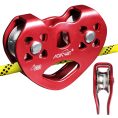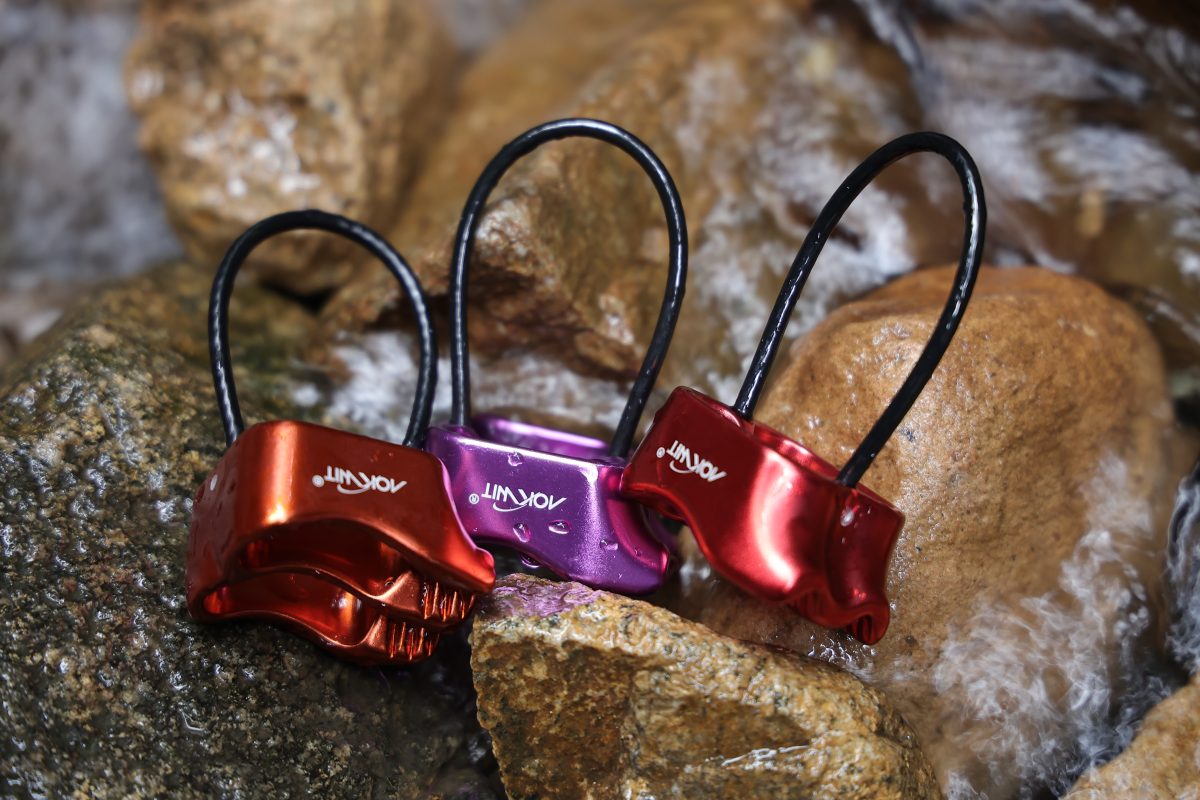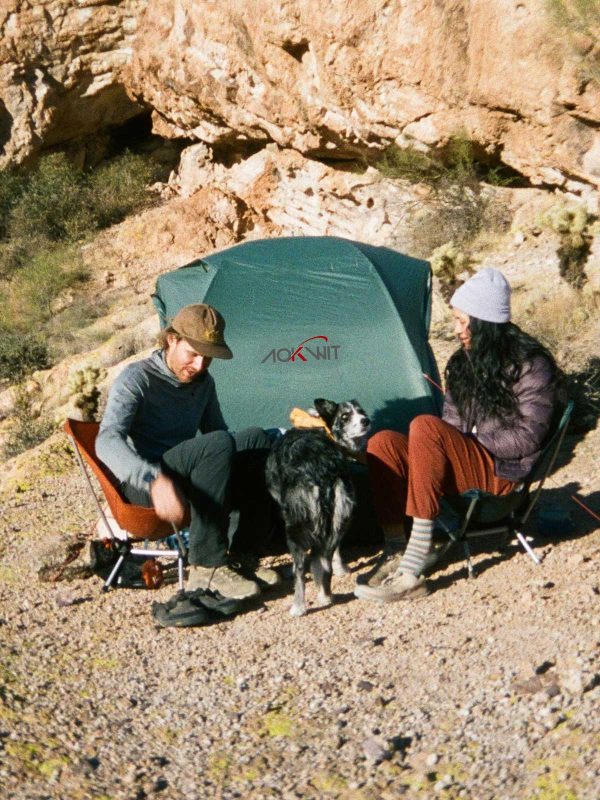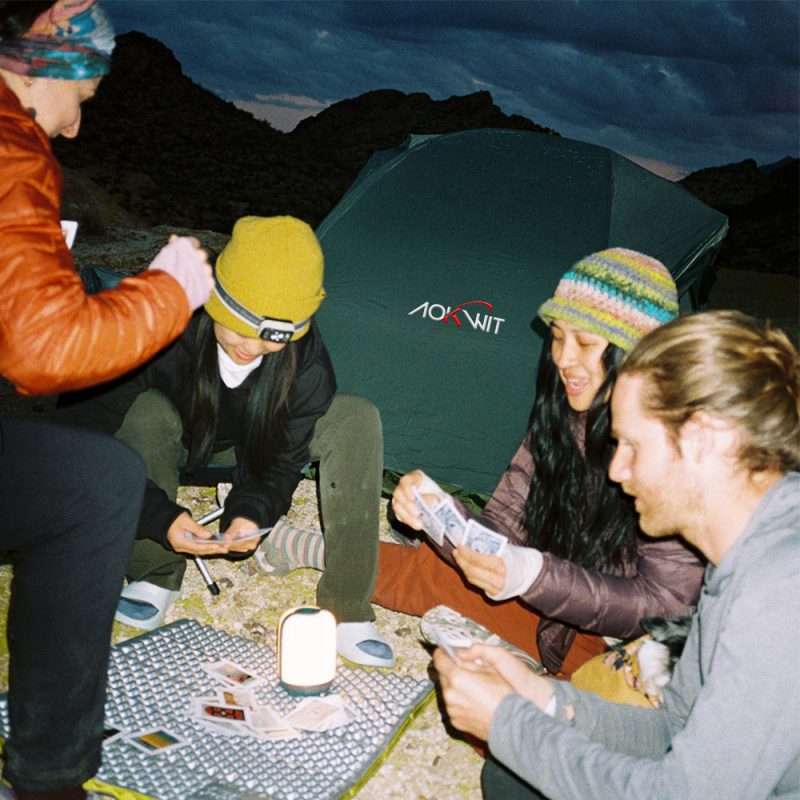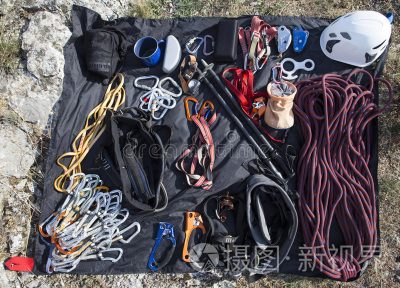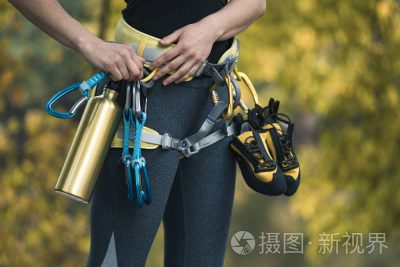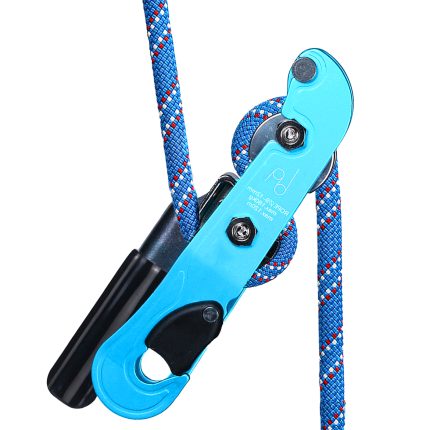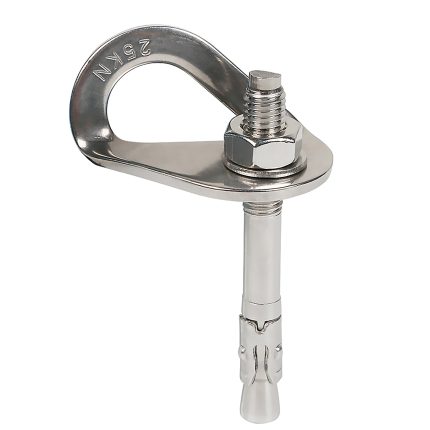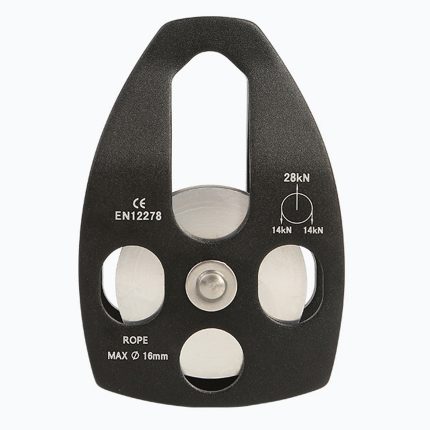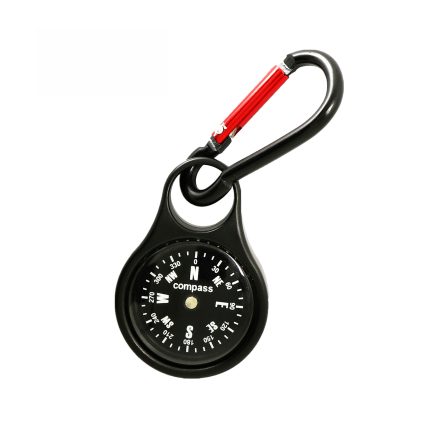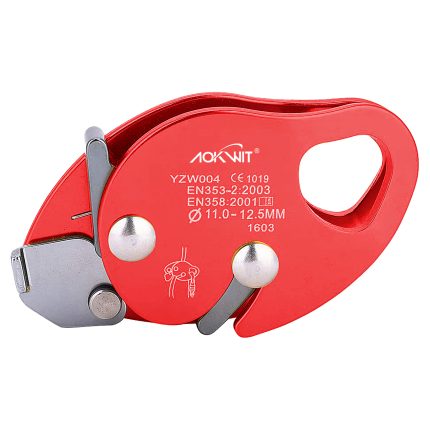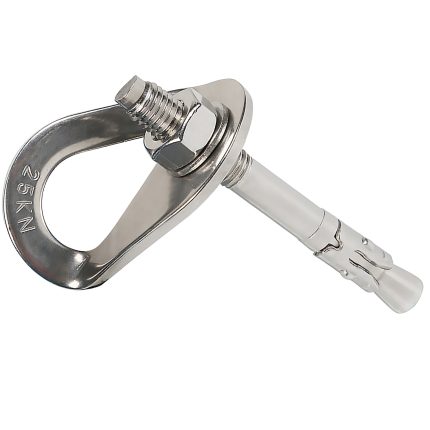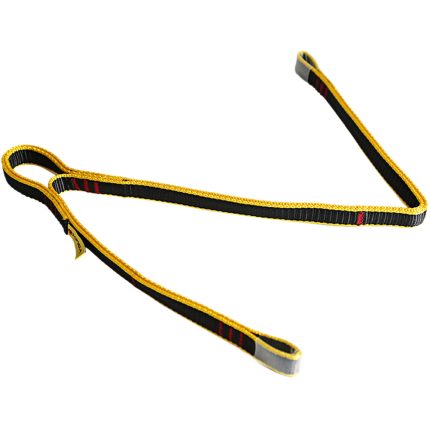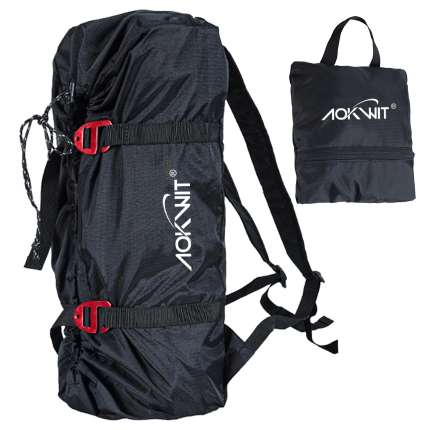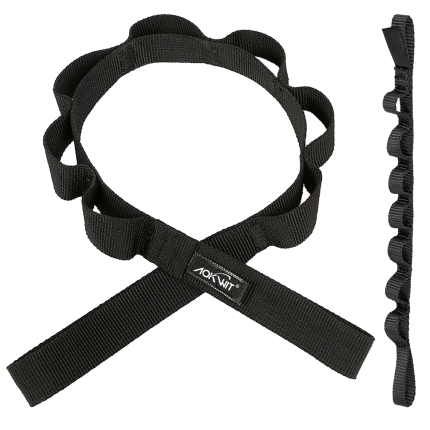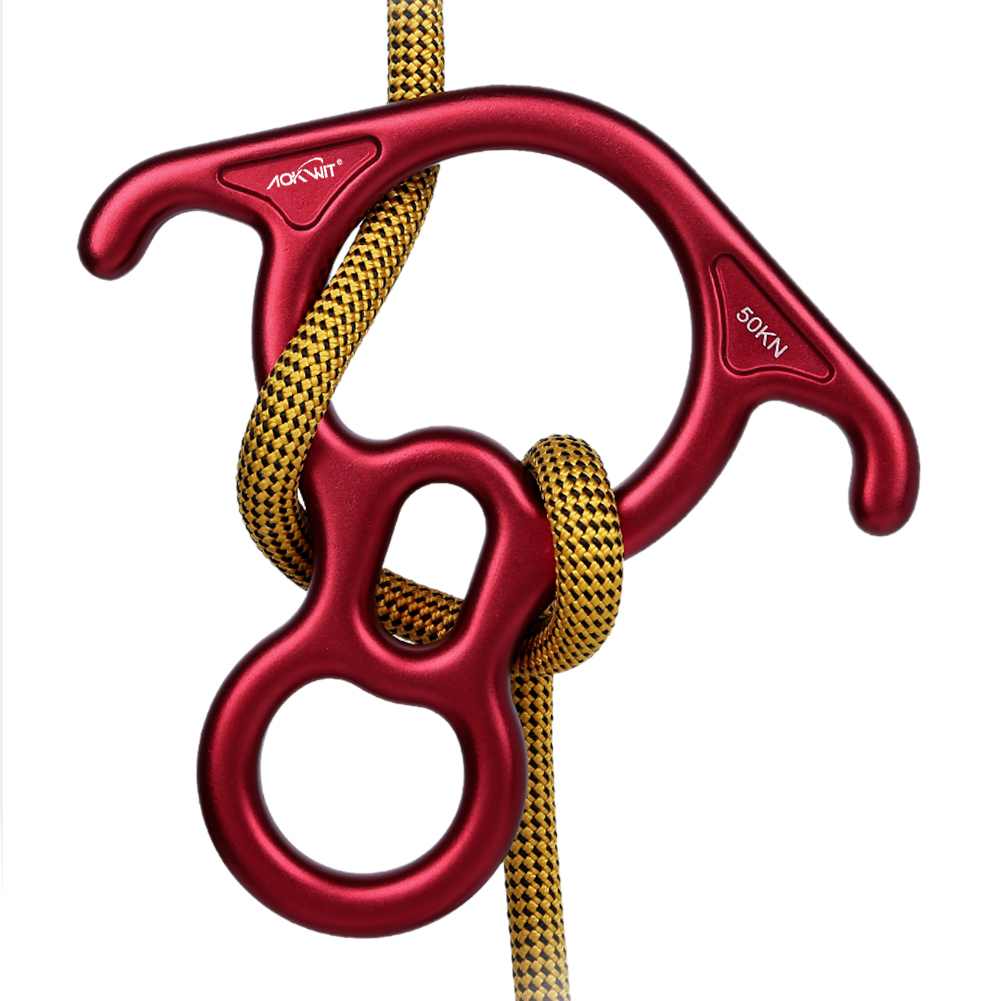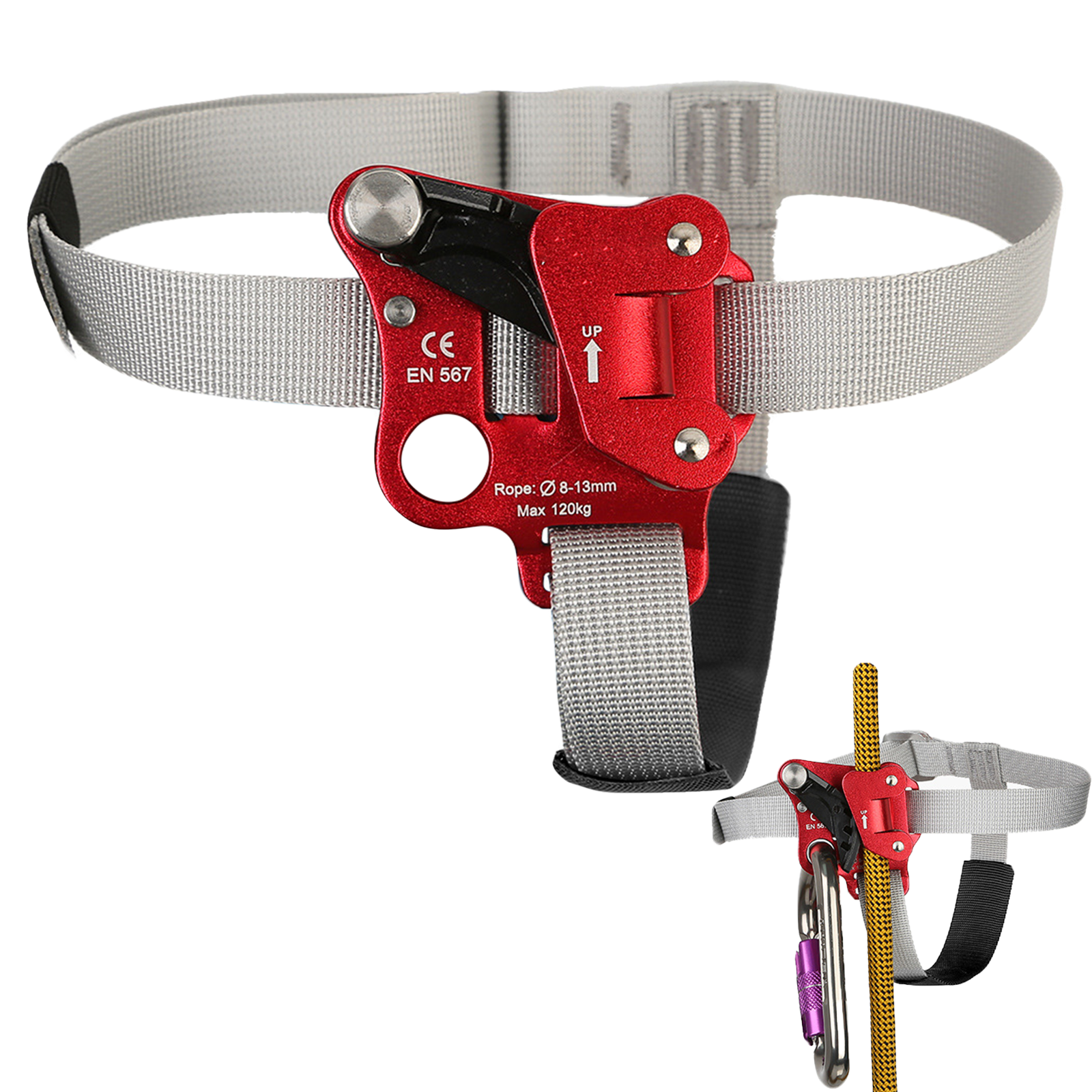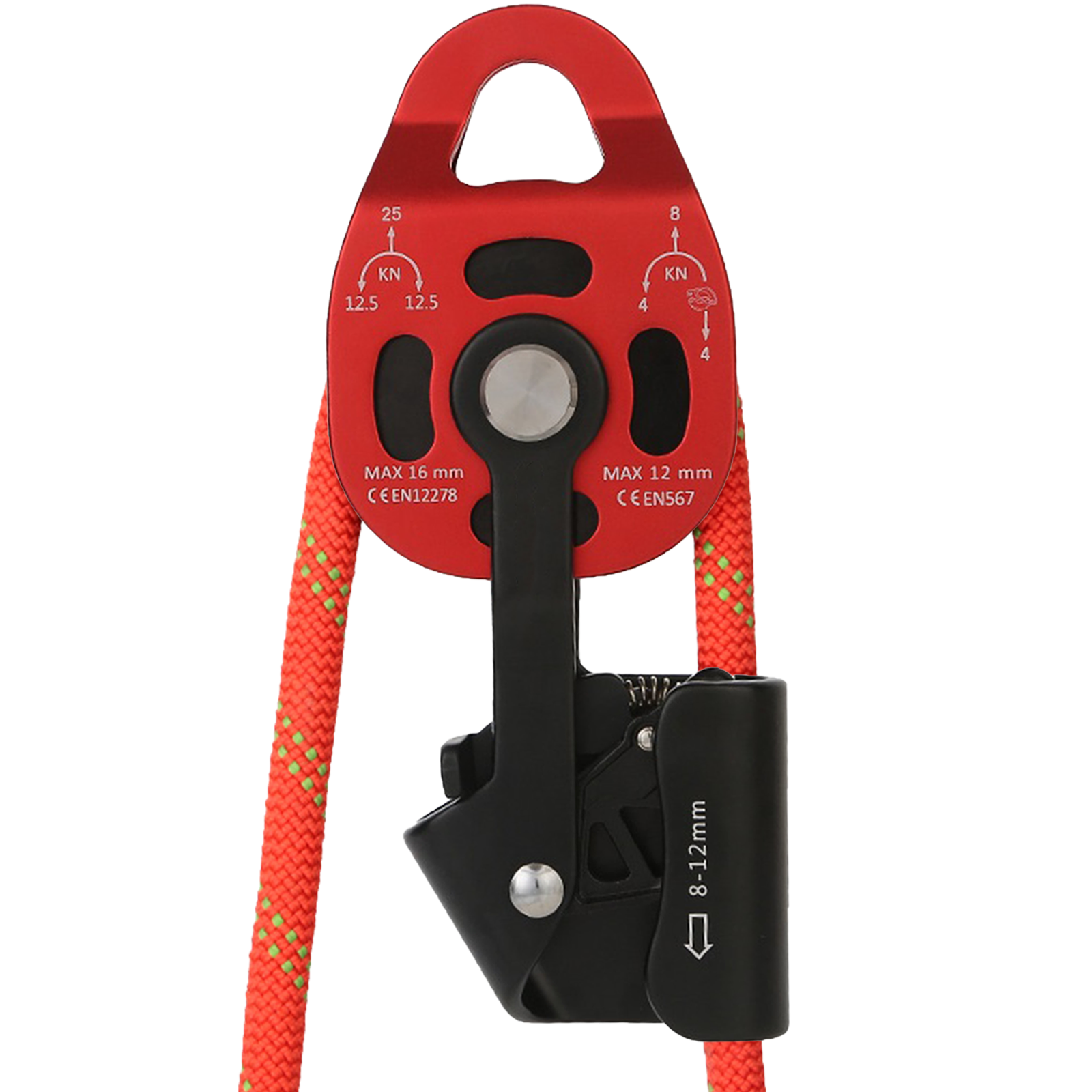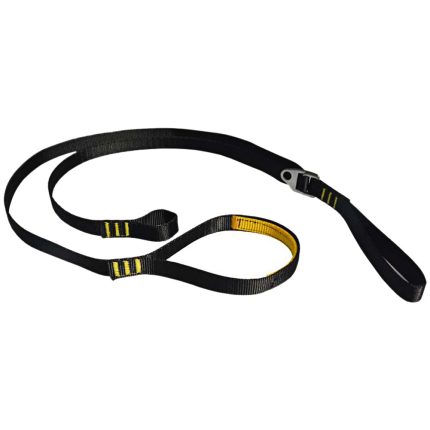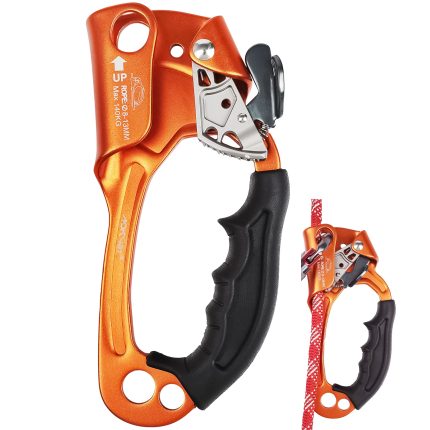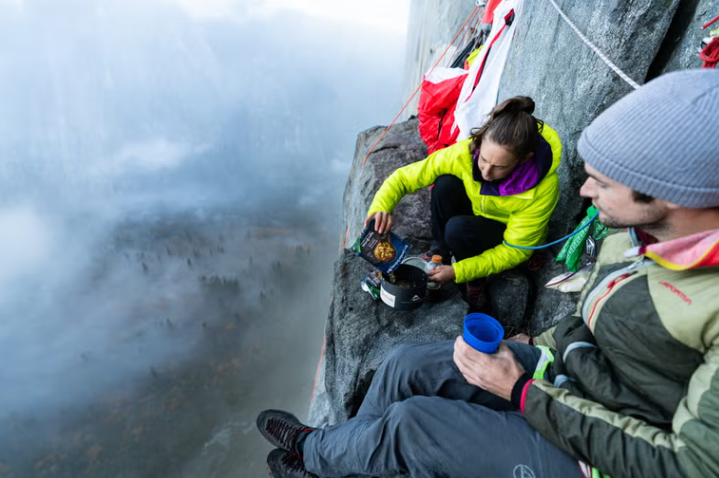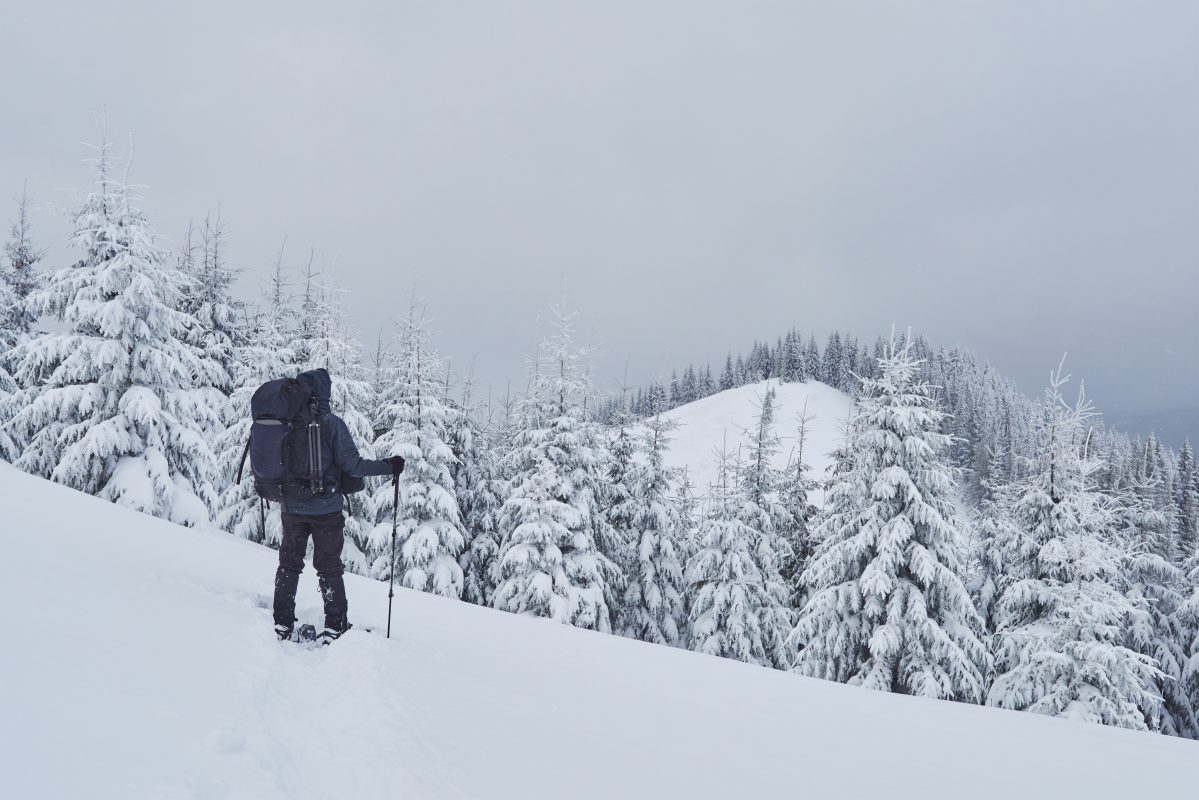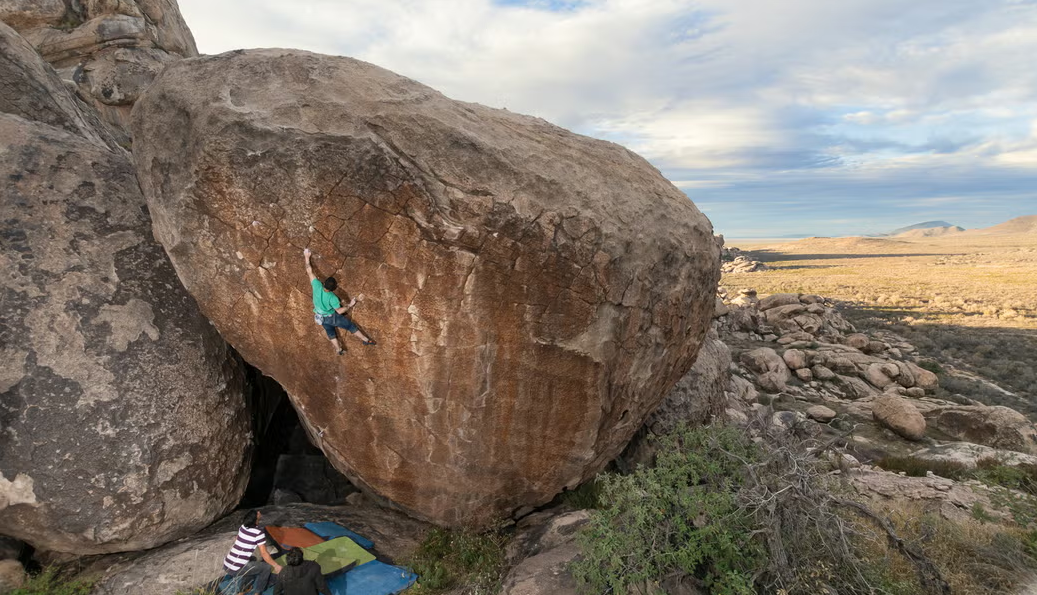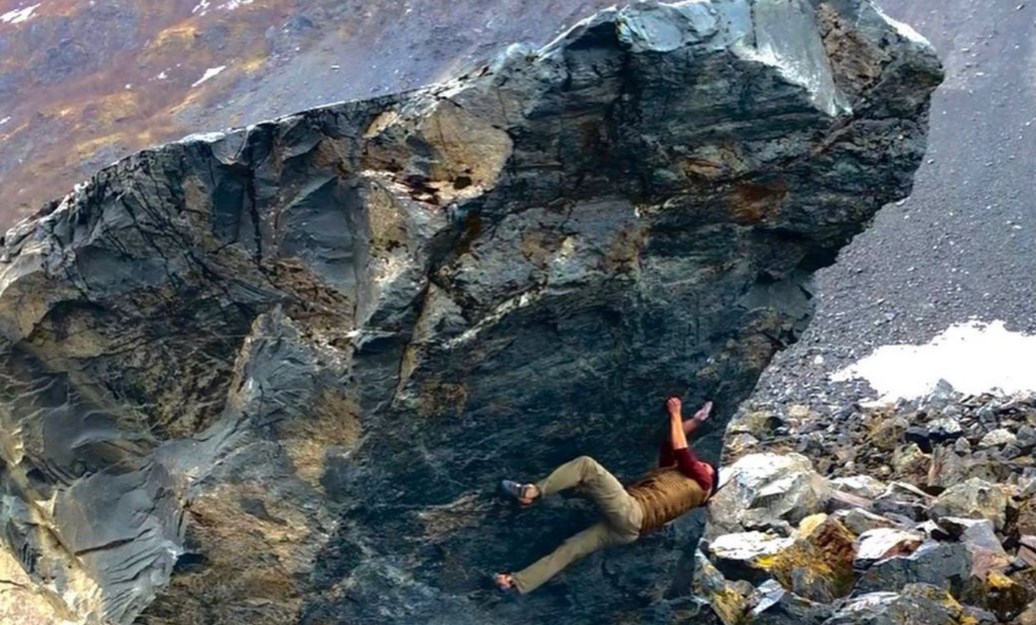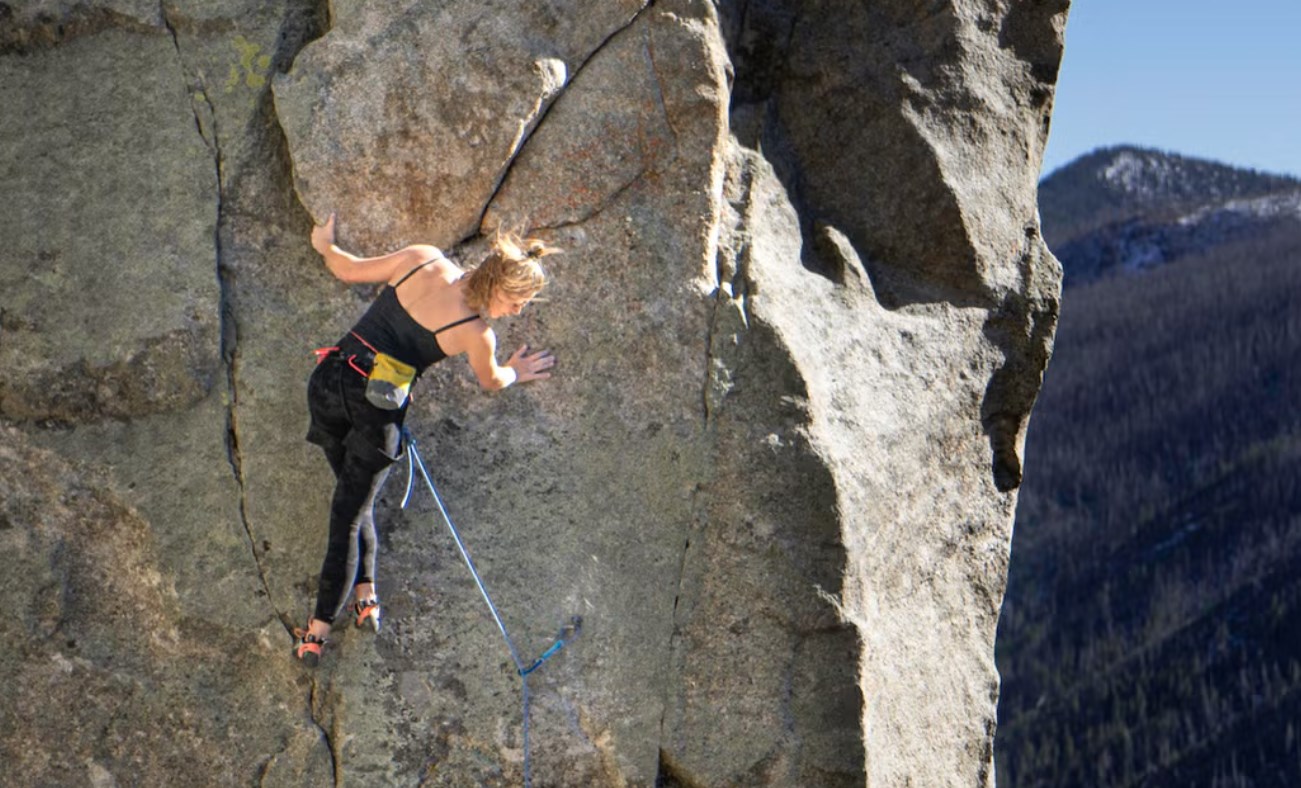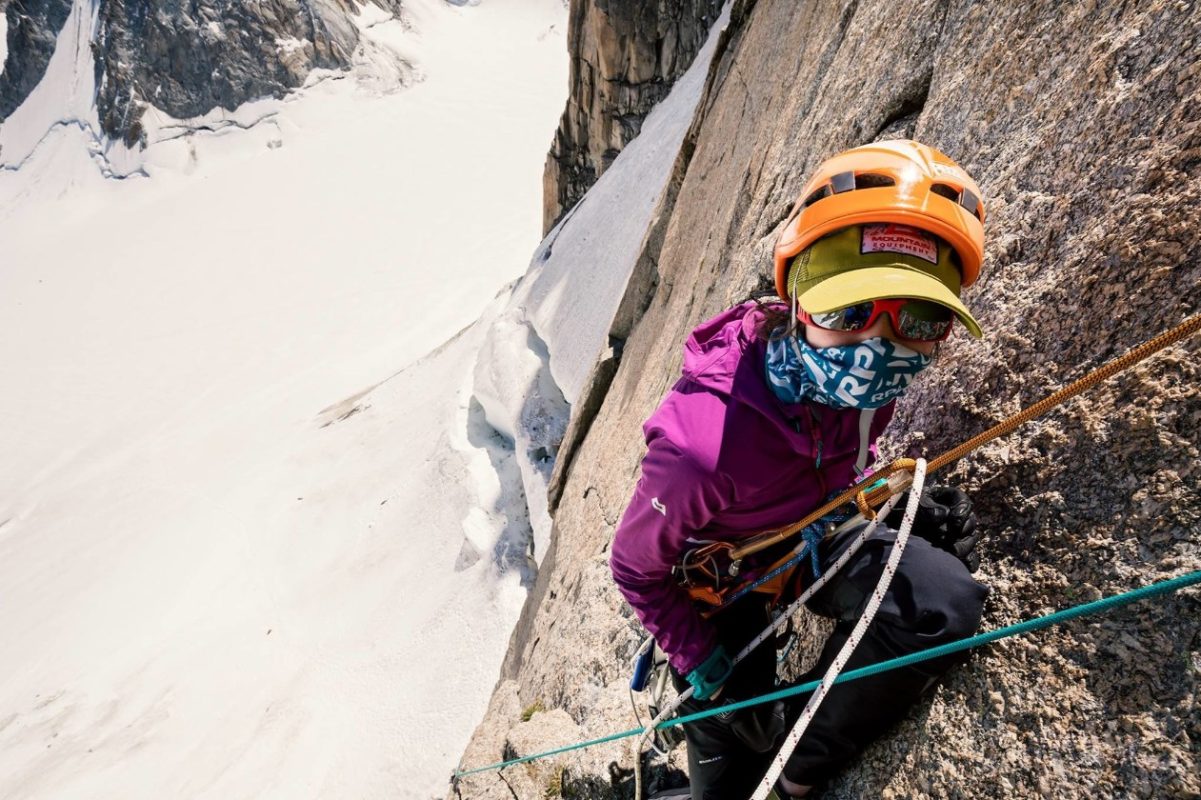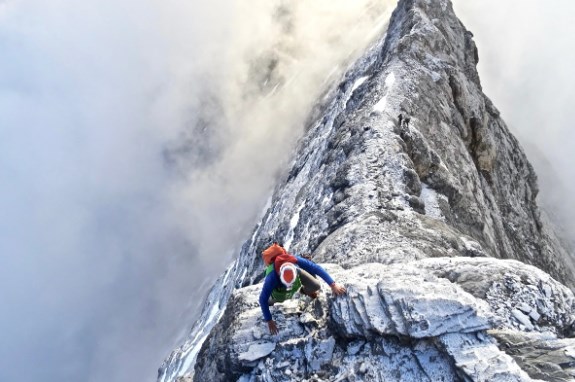Rock Climbing Knots Tutorials (Part 4)
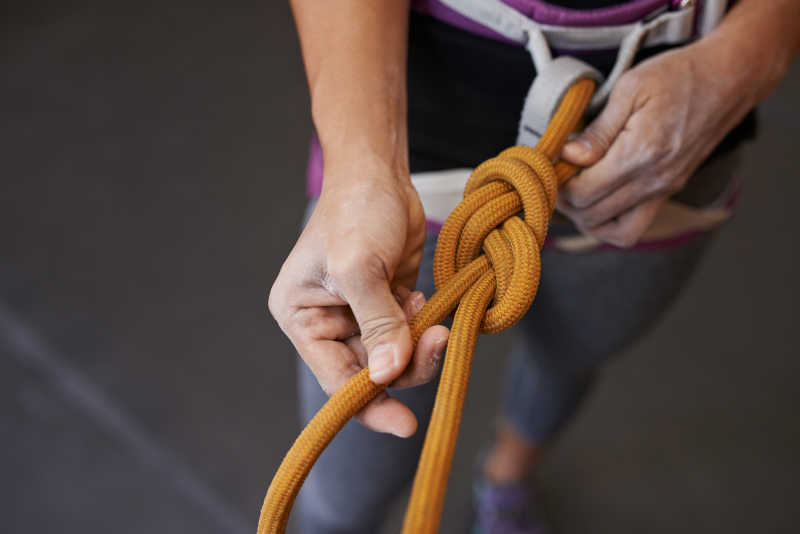
4.1 Prusik Knot (also spelled Prussik Knot)
This knot was first used in the early 19th century by Dr. Karl Prusik (a physician). It has become so universal that “Prusik Knot” typically refers to this specific knot.
- First, use a 35-40 cm long piece of accessory cord (5-6 mm diameter). Connect both ends with a Double Fisherman’s Bend to form a loop.

- Place this loop behind the main rope (9-11 mm diameter).

- Holding the Double Fisherman’s Bend knot, bring it over the main rope.
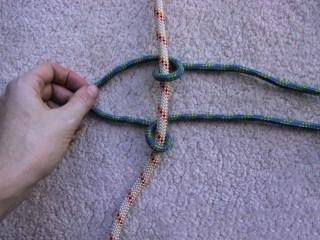
- Wrap it around the main rope once.

- Wrap it around again.

- Wrap it at least three full times.

- Finally, thread the end through the original loop and tighten.
Uses of the Prusik Knot:
- Ascending the main rope (functions like an ascender).
- Providing backup safety while rappelling.
- Forming key components (e.g., progress capture pulley) in Z-rig pulley systems for rescue.
Important Notes:
- The accessory cord diameter must be smaller than the main rope diameter. Minimum accessory cord diameter is 5 mm; main rope diameter should not be less than 9 mm. For safety, typically use 6 mm accessory cord with 9.8-14 mm main ropes.
- Use 3 wraps.
- If using thicker accessory cord (e.g., 7 mm), use fewer wraps (generally 2 wraps), although its performance is not as good as using 6 mm cord.
4.2 French Prusik (also called Autoblock)
A relatively simple knot, which can also be tied with a 10 cm wide nylon sling (webbing). A recent test using accessory cord loops found the French Prusik to be the best knot for rappel backup, being safer and easier to use than other friction hitches.
- Simply wrap the loop around the main rope 4-5 times from top to bottom.
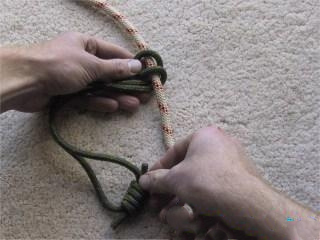
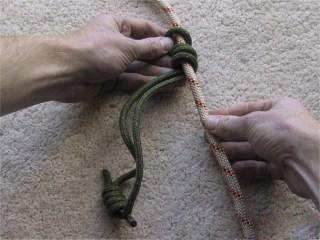
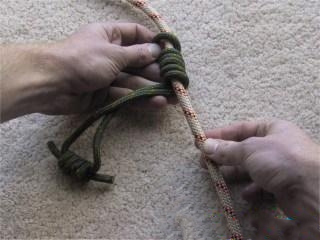
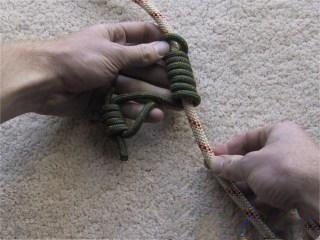
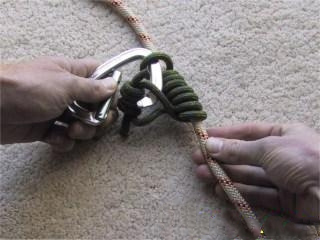
Important Notes:
- Typically use 6 mm accessory cord with 9.8-14 mm main ropes.
- Use 5-6 wraps.
4.3 Bachmann Knot
I initially hesitated to include this knot, as improper use can be dangerous.
However, I believe climbers are responsible individuals who value their own lives and their families.
Instead of saying “it’s dangerous for you or you lack experience, so don’t use it,” it’s better to provide a clear explanation.
A recent test found the Bachmann Knot performed better than the Prusik Knot for rappel backup.
- Clip a carabiner into the loop.

- Take the knotted end of the loop, pass it through the carabiner, and wrap it around the main rope.

- Use a separate carabiner to clip into the loop containing the Double Fisherman’s Bend knot at the bottom. Connect this carabiner to your harness for backup.

Critical Notes:
- The load point is NOT the carabiner. NEVER grip the carabiner and attempt to use it as an ascender handle.
- The carabiner’s purpose is to facilitate releasing the knot, allowing it to be pushed up or slid down the rope easily.
- Always use a separate carabiner clipped into the bottom loop (with the Double Fisherman’s Bend) connected to your harness for backup.
- To arrest a fall or stop, release your hand completely and do not touch the top carabiner. The knot will automatically tighten and hold.
- Typically use 6 mm accessory cord with 10-14 mm main ropes. Use 3-4 wraps.
4.4 Klemheist Knot
Another friction hitch. The difference from the French Prusik is that the bottom end of the loop is threaded through the top end and then clipped. Consequently, the Klemheist Knot only locks in one direction. It ranked last in the test.
Typically use 6 mm accessory cord with 9-11 mm main ropes. Use 3-4 wraps.


Test Results & Source:
The tests and results mentioned were published in 2006 by Dr. R. G. Farmer, Chairman of the Queensland Mountain Rescue Association, Australia.
Ranking for Rappel Backup:
- Best: French Prusik (Autoblock)
- Second: Bachmann Knot
- Third: Prusik Knot (Prussik Knot)
- Last: Klemheist Knot
Note: Tests were conducted in dry conditions. Performance may differ in alpine environments where the main rope is icy.
Practical Usage Tips:
- I typically use the French Prusik (Autoblock) for rappel backup.
- If carrying extra carabiners, I use the Bachmann Knot for ascending the rope.
- For setting up pulley systems in rescue situations, I use the Prusik Knot because it remains secure even when placed on the ground.
